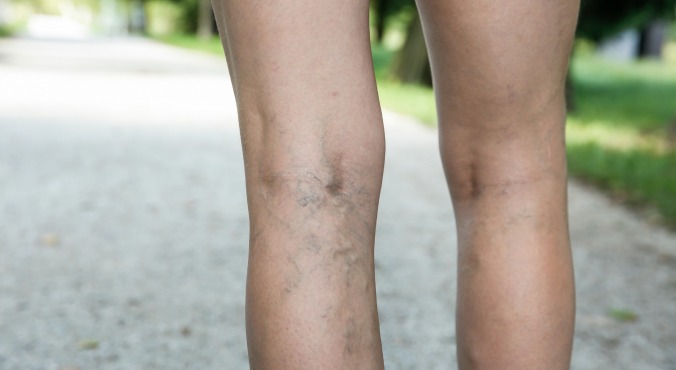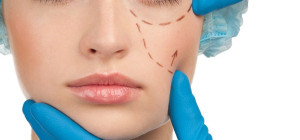 Varicose veins laser surgery is a popular treatment option because of its minimal invasiveness and high success rate. As a treatment option, it is a far-cry from previous methods known as ‘stripping’ whereby the problem blood vessels would be physically removed via highly invasive surgery.
Varicose veins laser surgery is a popular treatment option because of its minimal invasiveness and high success rate. As a treatment option, it is a far-cry from previous methods known as ‘stripping’ whereby the problem blood vessels would be physically removed via highly invasive surgery.
Modern treatments like EVLA (Endovenous Laser Ablation) are available at many professional venous specialist centres. Before seeking treatment, patients may be wondering how varicose veins laser surgery actually works.
The energy from the beam damages the walls of the blood vessels which closes off the refluxing valves that cause the blood to pool. The procedure takes roughly an hour to perform in most cases and patients are normally able to drive home the same day, after they are cleared by the specialist.
Clinical trials of varicose veins laser surgery supports it as having the highest success rate of any treatment used for venous deficiency, ranging from 98% to 99% effectiveness. The treatment is most well suited for blood vessels that have expanded to over 6mm is total diameter that are straight as well as not close to the surface of the skin.
Not all cases are best suited for varicose veins laser treatment and an ultrasound scan is necessary for a specialist to determine the best course of action. After this initial consultation the specialist will determine if the patient’s problem can be accurately dealt with via EVLA.
The procedure of varicose veins laser surgery
The procedure itself is performed with local anaesthetic. The anaesthetic allows the treatment to be conducted safely and has several other benefits.
First, the anaesthetic makes the treatment area and blood vessels completely numb so that there is no pain during the treatment. Second, it causes the blood vessels to spasm down onto the fibre that is used to carry the beam so that it is close to it. Third, the anaesthetic acts as a heat sink, absorbing and dissipating any residual heat from the procedure which helps to prevent potential thermal damaging of the surrounding tissue.
The initial step of the varicose veins laser surgery is to administer the anaesthetic underneath the skin. After this, a small needle is inserted into the targeted blood vessel with the guidance of an ultrasound machine.
With this needle, a wire is passed through the blood vessel and the needle is removed. A small plastic tube, or catheter, is funnelled over this wire and threaded through the blood vessels to where the varicose vein laser treatment is set to begin.
Following this, the entire length of the blood vessel is administered with a local anaesthetic before the beam is switched on. The blood vessel is then treated with the heat inducing beam as the fibre is slowly taken out of the incision area.
Treatment factors for varicose veins laser therapy
The largest, most obvious blood vessels will dramatically shrink following the treatment. In truth, the most effective place for varicose veins laser therapy is higher up in the leg, where the source of the abnormal blood flow is usually found.
There is a slight risk of thermal damage to the surrounding skin if the blood vessels close to the surface of the skin are treated with the beam. These blood vessels that are close to the skin are best treated with sclerotherapy right after or a few weeks following the surgery.
Varicose veins laser therapy offers a more controlled and more effective means of injuring the problem blood vessel so that it collapses. The procedure requires constant review and perhaps follow-up treatments depending on the seriousness of the condition.








